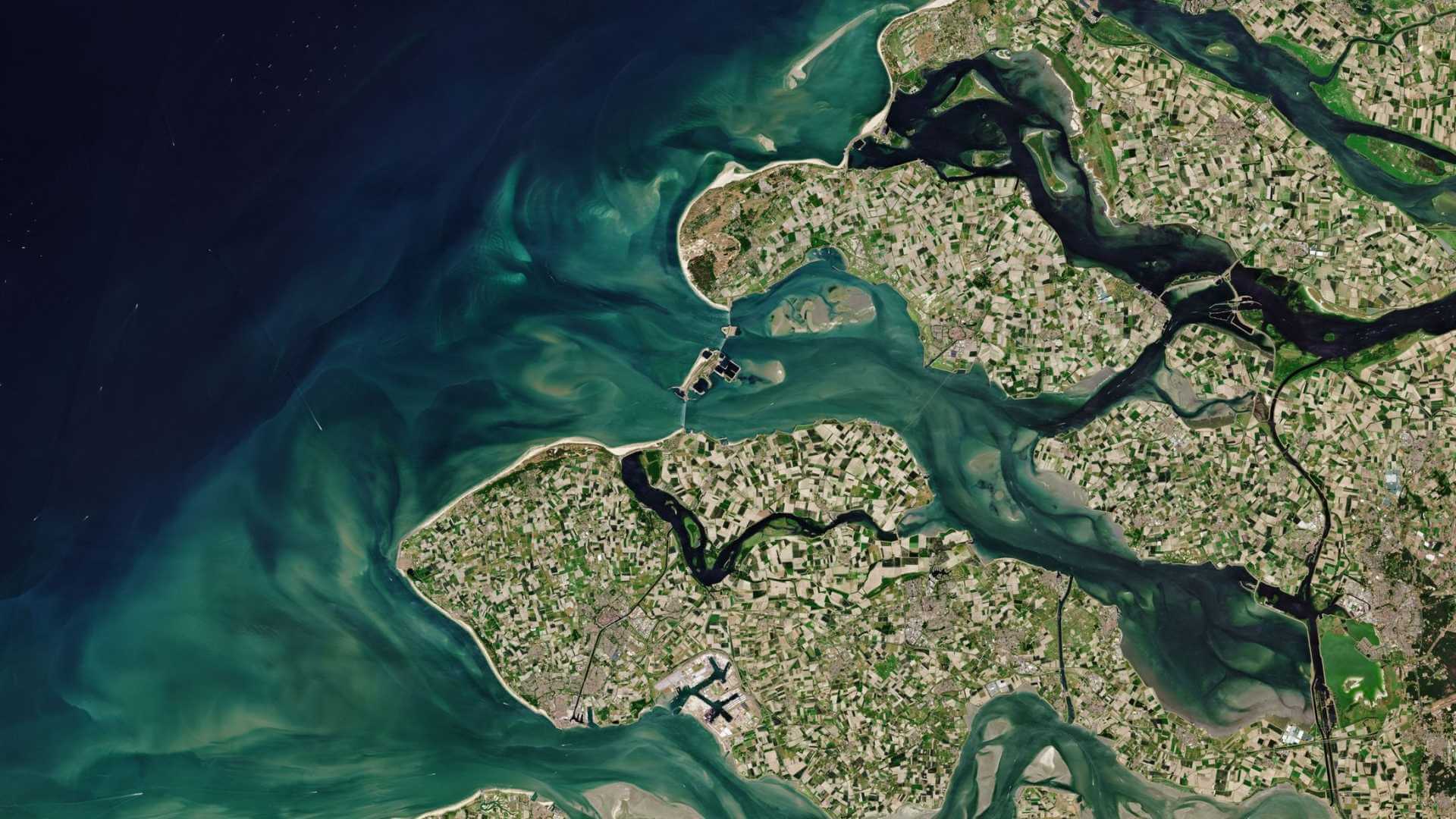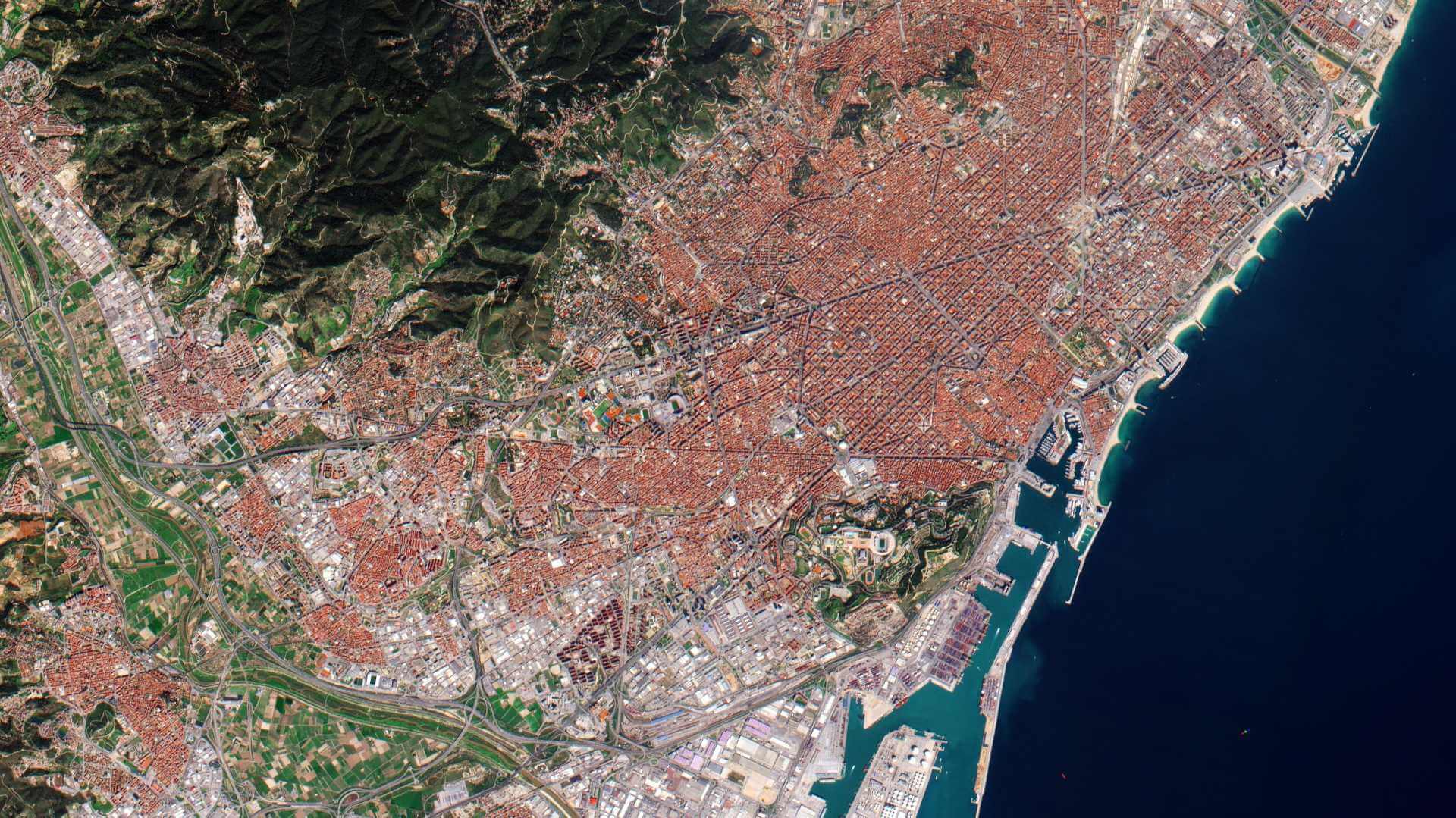Featured
About COSMO-SkyMed
COSMO-SkyMed (CSK) is an Italian Earth-imaging constellation consisting of four identical satellites which launched between 2007 and 2010. CSK-1, CSK-2 and CSK-4 remain operational.
COSMO-SkyMed stands for 'COnstellation of small Satellites for the Mediterranean basin Observation'. The mission is owned and operated by ASI (Agenzia Spaziale Italiana) and is funded by the Italian Ministry of Research and the Italian Ministry of Defense.
| Launch Dates | COSMO 1: 8 June 2007 COSMO 2: 9 December 2007 COSMO 3: 25 October 2008 COSMO 4: 6 November 2010 |
| Orbit Height | 619.6 km |
| Orbit Type | Circular Sun-synchronous dawn-dusk |
| Local Equator Crossing Time | 6:00 AM at ascending node |
| Orbit Inclination | 97.86° |
| Orbit Period | 97.1 minutes |
| Repeat Cycle | 16 days |
| Revisit Capability |
|
COSMO-SkyMed is part of ESA's Third Party Missions Programme, in which ESA has an agreement with ASI to distribute data products from the mission.
COSMO-SkyMed Objectives
The COSMO-SkyMed objectives are to provide global Earth observation that can be repeated several times a day in all-weather conditions. The imagery obtained can be applied to both military and civil needs, providing defence and security assurance in Italy and other countries, seismic hazard analysis, environmental disaster monitoring and agricultural mapping.
COSMO-SkyMed Instruments
Synthetic Aperture Radar (SAR-2000)
COSMO-SkyMed carries SAR-2000 on all four satellites. SAR-2000 is a multi-mode instrument, a programmable system providing different performance characteristics in terms of swath size, spatial resolution, and polarisation configurations. The SAR transmitter/receiver system operates through an electrically steerable multi-beam antenna which concentrates the transmitted energy into narrow beams in the cross-track direction while the characteristics of the transmitted pulses and the echo signal determine the spatial resolution and coverage.
The highest-resolution mode of image collected is released only to the military with two lower resolution modes more generally available.
| Type | Synthetic Aperture Radar |
| Sensor Modes |
All modes use one polarization selectable among HH, VV, HV, or VH apart from Stripmap PING PONG with two polarizations selectable among HH, VV, HV, or VH |
| Resolution |
|
| Swath Width |
|
| Field of Regards | 600 km, either right or left |
| Band | X-band, 9.6 GHz |
COSMO-SkyMed Data
DATA COLLECTIONS
For scientific research and application development (both archived and new acquisitions), the following COSMO-SkyMed data collections are available for free following the approval of a project proposal. ESA will support as many high-quality and innovative projects as possible within the quota limit available, therefore only a limited amount of products can be made available to each project.
ESA is offering registered users, upon submission and acceptance of a Data Service Request, access through the Online Dissemination server to the following data collection:
DATA TOOLS
A number of tools are available for visualising, processing and analysing COSMO-SkyMed data.
PolSARpro
PolSARpro (Polarimetric SAR data Processing and Education) supports the scientific exploitation of polarimetric SAR data and is a tool for high-level education in radar polarimetry.


